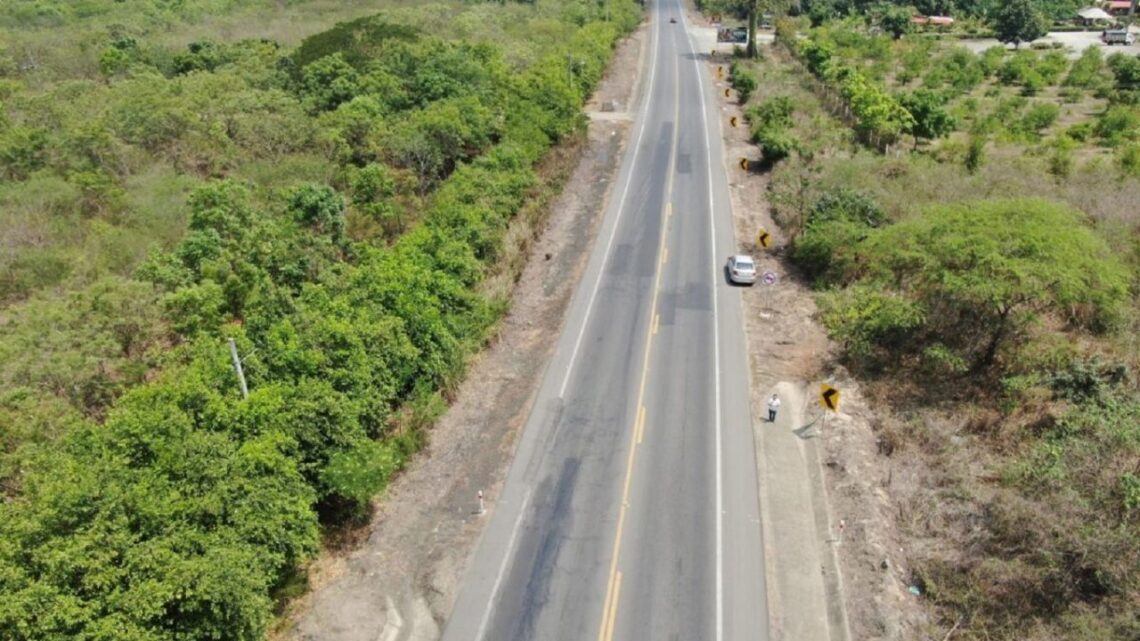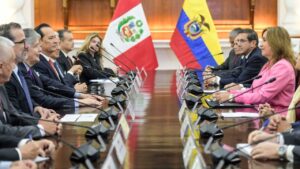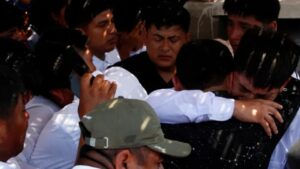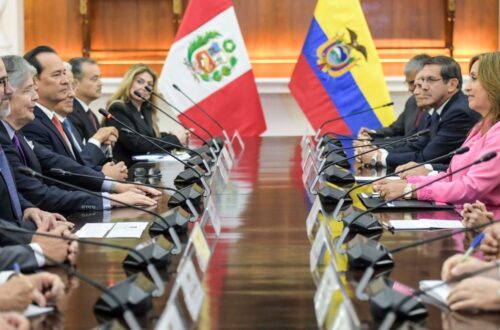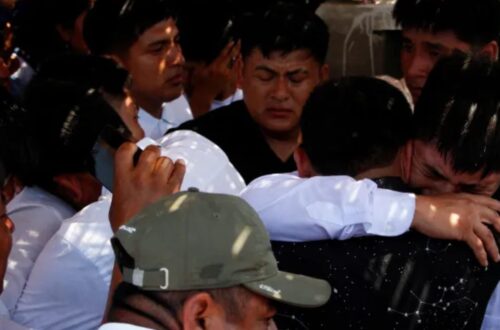A new road proposal in Peru’s Amazon — the Yurimaguas–Balsapuerto–Moyobamba highway — has raised grave concerns among the Indigenous Shawi people.
The planned route, which would slice through vital Shawi lands, is viewed not as a pathway to connectivity but as a gateway to environmental degradation, land grabbing, illicit coca cultivation, and mining intrusion.
Road Project Overview
The proposed highway would run approximately 54 kilometers, cutting through an estimated 5,400 hectares of largely intact Shawi territory.
It would link the Loreto and San Martín regions — two Amazonian departments currently connected by river transport more than roads.
While regional governments have initiated technical and feasibility assessments, Shawi leaders argue that the project is being advanced before crucial territorial and legal safeguards are secured.
Shawi Land & Legal Status
The Shawi occupy around 1,000,000 hectares across Loreto and San Martín.
However, only 160 communities hold formal land titles, while 514 remain untitled, leaving large swathes of land vulnerable.
Without clear legal frameworks, these territories are highly exposed to speculative land sales, informal incursions, and overlapping claims.
Risks Triggered by the Road
Deforestation & Settlement
Experience from other Amazon road projects shows that new transport corridors often prompt a “wave effect”: first, migration of settlers, then land appropriation, and finally deforestation.
These effects can spread deep into previously undisturbed forest, including fragile ecosystems like white-sand and montane forests.
Coca Expansion
Part of the Shawi domain lies adjacent to the Bajo Huallaga coca basin, where coca cultivation already spans more than 1,400 hectares.
Shawi communities report that coca growers are pressing ever closer to their areas.
The road could dramatically accelerate the expansion of illicit crops, changing land-use dynamics and fueling conflicts.
Mining Concessions
Authorities have mapped out at least 11 mining concessions overlapping Shawi communities in the Balsapuerto zone.
These concessions are projected to intersect with key Shawi settlements such as Puerto Libre, Nueva Luz, San Lorenzo, Nuevo Barranquita, Cachiyacu, Bellavista Nuevo Jumping, and Churuyacu. Shawi leaders warn that such mining projects, once accessible by road, could bring heavy industrial traffic, pollution, and social disruption.
Project Status & Financing
In 2024, Loreto and San Martín agencies formalized collaboration to move ahead with preliminary planning studies.
By early 2025, regional authorities hired a private consortium to carry out a feasibility study. The agreed contract amounts to 2.32 million soles (roughly USD 667,000).
The study is scheduled for delivery by October 2025.
However, Shawi leaders assert that many community meetings have favored incoming settlers or government-aligned voices; they demand direct engagement through recognized Shawi leadership before any advance.
Indigenous Demands & Conditions
The Shawi are not blanket-opposed to development — they emphasize that their demands are principled:
- Collective titling of their ancestral land must be resolved before the road proceeds
- All overlapping concessions, whether for mining or forestry, must be suspended
- A credible plan for preventing land invasion and illegal cultivation must be in place
- Genuine free, prior, and informed consultation must be conducted with legitimate Shawi representatives
Why It Matters Beyond Shawi Territory
A fully functional road in this sector could intensify not just local pressures, but regional ones — accelerating deforestation in one of the few rainforest corridors still linking upper Amazon headwaters, fueling coca production upstream, and setting a precedent for intrusive development in legally insecure Indigenous zones.
Given that most Shawi lands remain untitled, the project’s advance could reshape land control patterns before accountability mechanisms can be established.
Summary
| Topic | Key Facts & Figures |
|---|---|
| Road length | ~ 54 km |
| Area impacted | ~ 5,400 ha of Shawi lands |
| Shawi territory | ~ 1,000,000 ha across Loreto & San Martín |
| Communities with titles | 160 |
| Communities untitled | 514 |
| Coca cultivation (near zone) | > 1,400 ha in adjacent basin |
| Mining concessions overlapping Shawi areas | 11 |
| Feasibility study funding | 2.32 million soles (~USD 667,000) |
| Study delivery deadline | October 2025 |
The push to build the Yurimaguas–Balsapuerto–Moyobamba road epitomizes a critical crossroads: infrastructure advancement versus Indigenous rights and forest protection.
For the Shawi Nation, most of whose lands still lack formal title, this road threatens to open Pandora’s box—inviting incursions, illicit economies, and environmental harm before protections can be locked in.
If Peru proceeds without securing the Shawi’s collective titling, suspending overlapping concessions, and ensuring fair consultation, the project risks doing exactly what Indigenous communities have long feared: turning a highway into a corridor of dispossession, not development.

